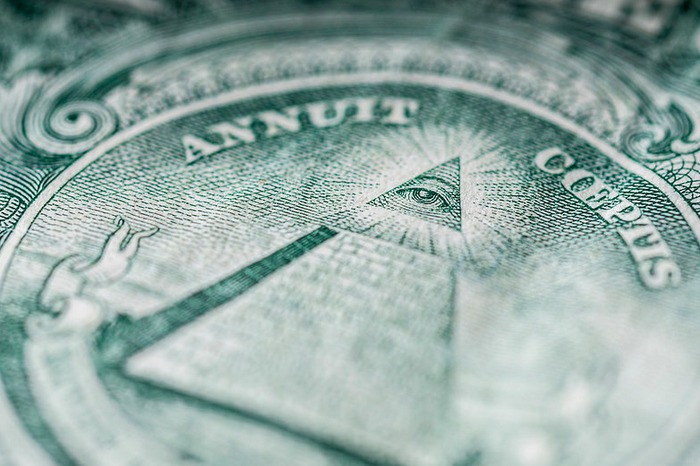January turned out to be a sorry beginning to 2016. The Dow Jones Industrial Average lost 5.50%, the S&P 500 fell 5.86%, and the NASDAQ dropped 8.61%.
When 2015 started, the general consensus of most economists was that the economy would experience stronger growth than in prior years, primarily because of a drop in energy prices.
When fourth quarter GDP results came in at a very soft 0.7%, that cemented the year as being virtually identical to the previous one.

Mighty Dollar
In 2015, GDP growth registered 2.4%. Both were impacted by strong gains in the dollar against nearly every major currency.
In sum, the dollar has appreciated nearly 30% over the last two years, and the continued strength has dramatically hurt US exporters and corporations with the majority of their revenues outside the country.
Fed Policy
US monetary policy makers announced no change in interest rate level or policy, and Fed Fund futures now show the market expecting the Reserve Board to only raise rates one more time during the rest of 2016.
The Board has repeatedly insisted it is ‘data dependent’ and in official announcements continues to mention the prospect of inflation registering 2% on an annualized basis.
Commodity markets have cratered and global markets and central banks all over the world keep making plans to fight deflation, not inflation.
Commodity Bust
The divergence in central banking policy direction keeps currency and commodity traders busy and global investors guessing.
As for most sectors of the US economy, other than energy, materials, and heavy manufacturing, service-based companies are enjoying the benefits of cheap inputs and stable, but unexceptional demand.
Housing continues to make its way back as millennials try to find starter homes. Auto sales remain at all time highs, although many believe they have reached a peak.
Outlook
The financial services area saw a record year in merger and acquisition transactions, which helped offset weak fixed-income numbers.
As for the equity markets, plenty believe high-yield bond prices show equity indexes must either decline, or the bond market has current conditions wrong.
Time will tell, but if investors can plan on lower for longer, and GDP plods along at 2%-2.5%, I find it hard to see how equities remain a better alternative to plenty of other asset classes.
One thing is for certain, we are going to find out.
Photo Credit: Daniel E. Johnson via Flickr Creative Commons

